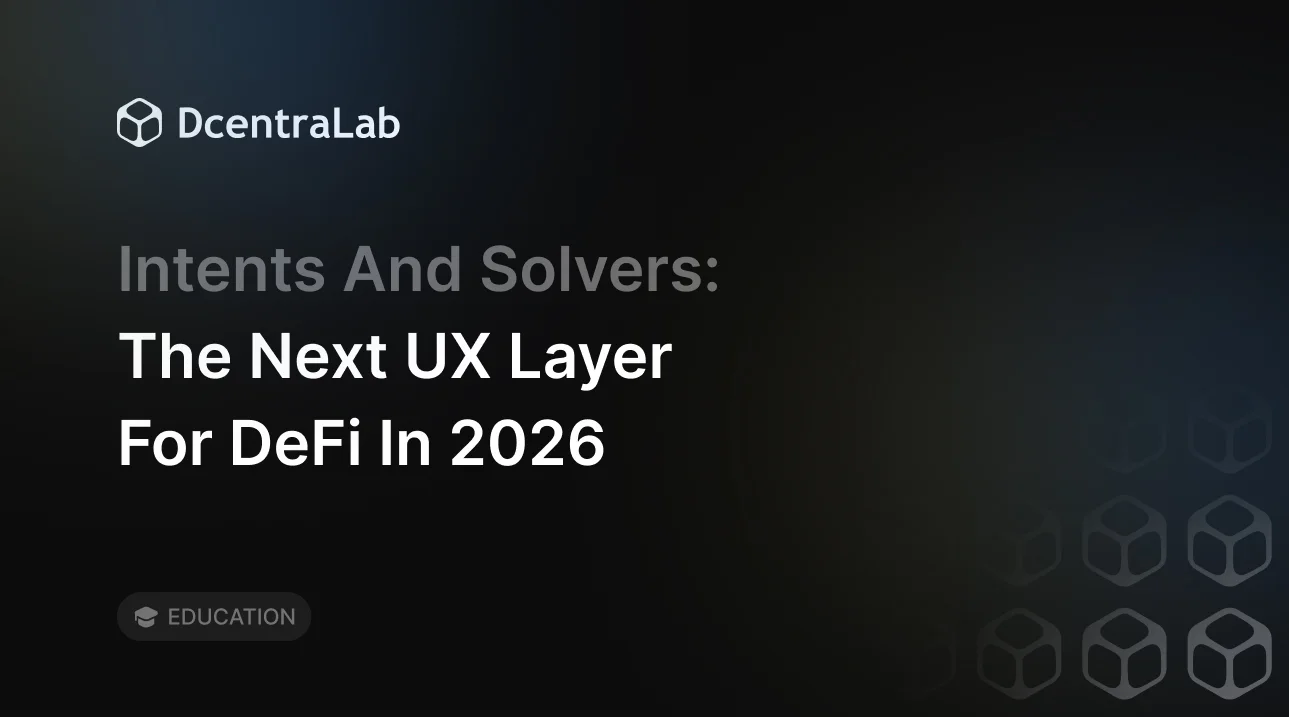Defining Web3: A Deep Dive into Decentralization & User-Owned Assets

tl;dr
- Web3 is the "read-write-own" internet, enabling user ownership of assets, identities, and data.
- Blockchain technology powers Web3, promoting peer-to-peer interactions without intermediaries.
- Future solutions, including secure wallets, user education, and decentralized identity systems, aim to reduce scams and enhance Web3 security.
What is Web3?
Web3 is the next evolution of the internet, focused on decentralization, user ownership, and enhanced privacy. Web1 was a static "read-only" web where users could only view content, and Web2, the "read-write" era dominated by social platforms and centralized entities controlling data. Web3 is often referred to as the "read-write-own" internet.
In Web3, blockchain technology allows users to own their digital assets, identities, and data. Web3 promotes peer-to-peer interactions, eliminating the need for intermediaries by utilizing dApps and smart contracts. This shift offers greater autonomy, transparency, and control for users.
Key Characteristics of Web3
Web3 has a handful of different characteristics. Below are a few of the most important aspects.
Decentralization
Decentralization is the core principle of Web3, marking a shift away from centralized authorities to distributed networks where users and communities have direct control. Unlike traditional systems, where a single entity controls data and decisions, decentralized networks give users ownership of their assets, identities, and data.
Blockchain technology enables this transformation by storing data across a distributed ledger, where transactions are validated by a global network of participants rather than a central authority. This removes intermediaries and creates trust through transparency, as every transaction is recorded and visible on the blockchain.
Decentralization empowers communities by enabling them to govern projects through consensus-based models, like DAOs, where each participant has a voice. This approach allows users to share in decision-making, access open financial systems, and participate in a more democratic digital ecosystem.
User-Owned Assets
User-held assets represent a fundamental shift toward individual ownership in Web3, where users directly control digital assets like tokens, NFTs, and data, stored securely in decentralized wallets. This approach contrasts with Web2’s reliance on centralized platforms that retain control over user assets and information.
The benefits of user-held assets include autonomy, as users can transact without intermediaries; greater privacy, since users hold and control their data; and enhanced security, as assets are stored on the blockchain and protected from single-point-of-failure vulnerabilities.
However, user-held assets also come with challenges, like the risk of losing assets if private keys are lost and the potential for scams in decentralized environments.
Protocol-Driven Innovation
Protocol-driven innovation is at the heart of Web3, where protocols are foundational sets of rules that define how decentralized networks operate. These protocols, built on blockchains, enable transparency and interoperability, providing the essential framework for decentralized applications (dApps) to interact seamlessly within ecosystems.
Unlike traditional systems controlled by centralized entities, Web3 protocols are open-source, allowing anyone to build on them. This open-access approach enables a rapid pace of innovation, as developers and communities can freely contribute, creating applications that meet diverse needs and drive collective progress.
This structure empowers community-driven development, where users can participate in governance, propose upgrades, and shape the future of the network. Protocols like Ethereum have catalyzed the rise of dApps - decentralized applications that provide everything from financial services to social platforms.
The Future of Web3
As the Web3 world matures, scams and unintended loss will become less common. Enhanced wallet technology is simplifying secure key management, reducing the risk of lost assets. Educational initiatives are empowering users with safe practices, helping them navigate the decentralized space confidently. Emerging decentralized identity systems add extra layers of protection, enabling more reliable user verification and reducing fraudulent activities.
Web3’s key characteristics will remain in place in the future but will become a safer environment for newcomers.



.webp)